Trumps like us, baby we were born to run
Mr Bruce Springsteen has, depending on how one views these things, threatened or promised to be ‘on the next plane’ to our part of the world if you-know-who gets re-elected president next month. Trump’s like him, you could say, baby they were born to run.
In every way that artistically matters, the man with the sweaty voice, check shirt and pair of shoulders rather too large for him, has been on the run forever — and for almost as long as that he has enjoyed a hefty presence here already in New Zealand and Australia in the minds of local fans.
Coincidentally, perhaps, Springsteen’s latest pronouncement, made during a virtual chat with the Daily Telegraph, comes on the eve of a keenly anticipated new album. The record is called Letter to You, and the video clip I just watched of the rumbly title song wasn’t half bad. If his largely indistinguishable recent releases are anything to go by, though, I’m likely to have trouble telling most of the other songs on the latest one apart.
This is not, I hasten to add, because Springsteen, who was born in the USA seventy-one years ago, may be getting a bit absent-minded in his autumn years. Nor has to do with the fact he may have possibly issued a few too many musical works for his own artistic good over the past few decades.
You see, Springsteen has never been so much in the business of selling specific songs as in retailing dreams. When he sings about his beloved places and characters, the specific geographic context isn’t so important, the titles even less. That’s why he makes as much artistic sense listened to in our part of the world as anywhere on the American eastern seaboard.
When it comes to his stuff, ‘it’s a set of values, a certain way of looking at the world’ that listeners anywhere in the world respond to, as Karl Martin, a professor of literature at California’s Point Loma Nazarene University, once explained to me, ahead of a Springsteen symposium held some years ago in Monmouth, in New Jersey.
Familiars of the Springsteen oeuvre know the lyrical drill. A kid from a decaying seaside resort town wants to find life amid the slash and burn of the big city. He’s going to get there in a car, preferably a sixty-nine Chevy with a three-ninety-six, with ludicrously huge fins and a pretty girl named Wendy, or maybe Mary, or perhaps some luscious barefoot young thing who favours sitting on the hood of a Dodge drinking beer in the soft summer rain, there right next to him. Stardust music twinkles from the dashboard. They’re making a last-chance power drive down a highway ‘jammed with broken heroes’ running on a petrol tank pumped full of melted-down Roy Orbison records.
We also know the specific big city in question. It’s New York, a hell of a town, and the hell of a dead man’s town he’s getting away from — a place so uninspiring that even the local poets have nothing at all to write about it — has to be somewhere like Asbury Park. The specific piece of roading between the two would have to be the menacingly chaotic I-95.
On the other hand, as I say, you can just as easily rewrite these details to make the story about Wollongong, Sydney and the Pacific Highway, or think of it as escaping the badlands of Hamilton for Auckland along State Highway 1.
Springsteen, you may have gathered, was a minor obsession for me at one time, too. Like a lot of impressionable young fans, I thought the performer was so authentically working class that he probably spent his free time between albums employed in strictly blue-collar jobs at factories or else offering his labouring services pro bono to local single mothers living in or near the city immortalised in the title of his 1973 debut, Greetings From Asbury Park, NJ.
I saw the town in my mind’s eye as a teenager and spent rather too much time mentally sketching out the likely contours: it had to have tree-lined streets, naturally, and it would boast a seaside boardwalk that bustled with strolling couples, mellow poets and fabulous clairvoyants. Across the way, as many of those early songs had it, the prize cultural draw would be the old-timey amusement park with a neon-lit Ferris wheel taking riders high above the nearby waterfront.
But Springsteen didn’t just bring Asbury Park to the Antipodes as it were, he also brought Antipodeans to Asbury Park. When I first lived in the United States, in Washington, I made a beeline straight to it that first summer, the time of year when restaurant owners drag plastic chairs on to their patios and the flowers are starting to bloom in technicolour.
Contrary to expectations, however, there were no restaurants or plastic chairs to be seen. Not a lot of much else, either. Yes, the fabled carousel was there in all of its ragged glory, but no one was on it and so therefore it couldn’t be said to be rising ‘bold and stark’ above kids huddled on the nearby beach in the mist. It really looked as if it hadn’t seen romantic service in years.
Same with the nearby Convention Hall, where Springsteen shot the dramatic video for his marvellous Tunnel of Love single in the late 1980s. Also abandoned. And across the way, deserted as well, stood The Stone Pony, a fabled club where Springsteen used to perform when he started out, and which indeed had the air of squalor hinted at in the reviews of those early shows.
Continuing along the boardwalk past the fortune telling stall for Madame Marie, I began to silently fume. Where was the sign saying, Springsteen walking tour begins here? Where was the town’s version of Mt Rushmore? When would the Wizards appear on the boardwalk and start to play? Alas, nothing was in evidence — and maybe, when you think about it, that’s the point Asbury Park’s most famous musical son was trying to make back then. Maybe it’s the point he’s still making now in packing his bags for a possible relocation to Oz.
Whether in the darkness on the edge of the New Jersey town or out on the ideological outskirts of Donald Trump’s shining American political city, it’s still all a bit of a dream for Bruce. But is a dream a lie if it don’t come true — or is it something worse?
Got something to add? Join the discussion and comment below.
Get 10 issues for just $10
Subscribe to The Spectator Australia today for the next 10 magazine issues, plus full online access, for just $10.
You might disagree with half of it, but you’ll enjoy reading all of it. Try your first month for free, then just $2 a week for the remainder of your first year.


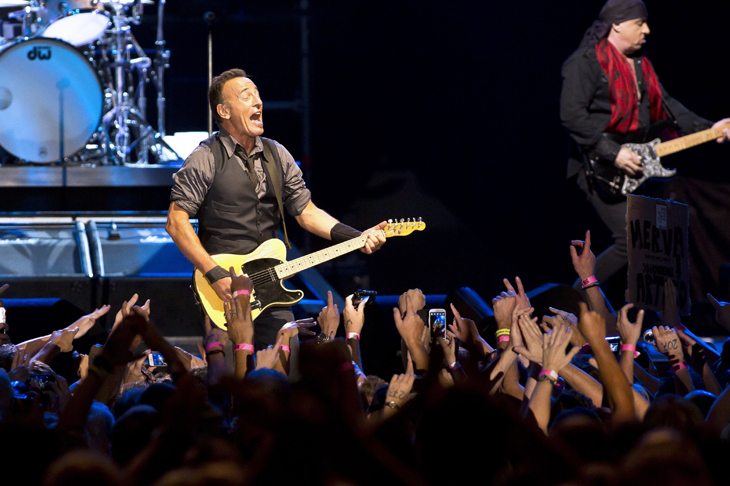
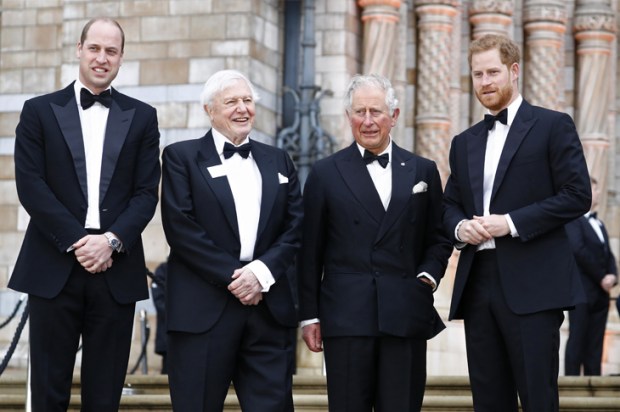

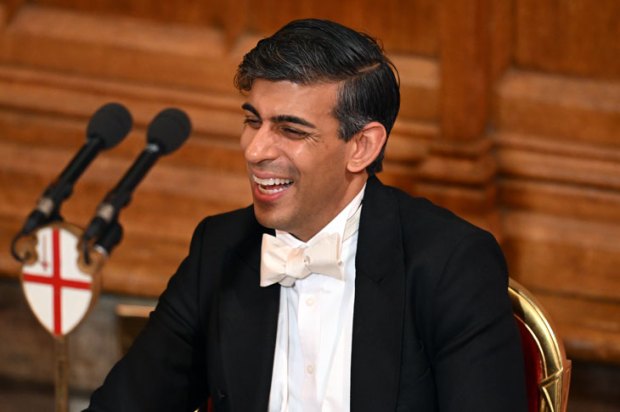
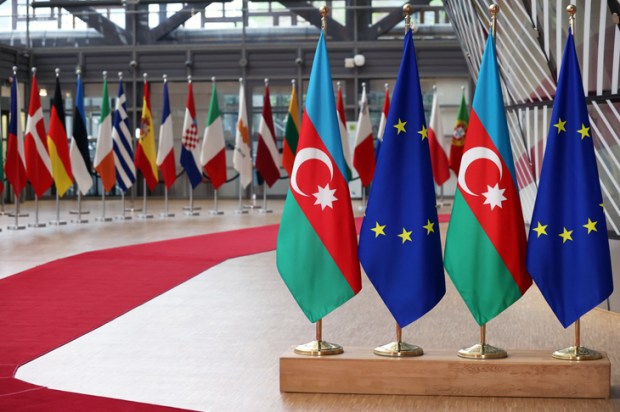
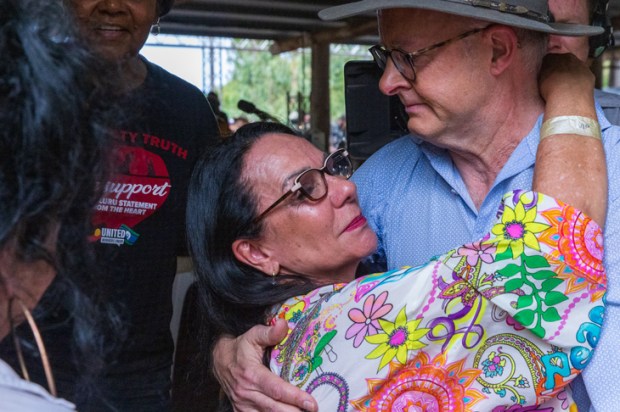







Comments
Don't miss out
Join the conversation with other Spectator Australia readers. Subscribe to leave a comment.
SUBSCRIBEAlready a subscriber? Log in